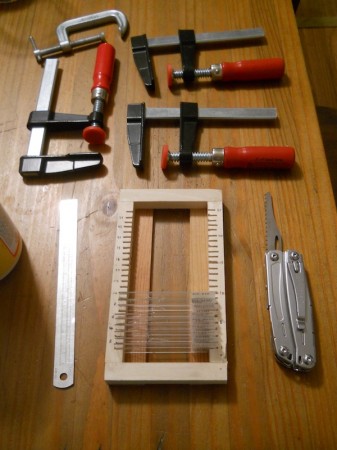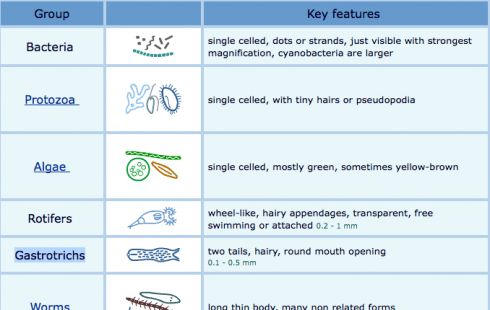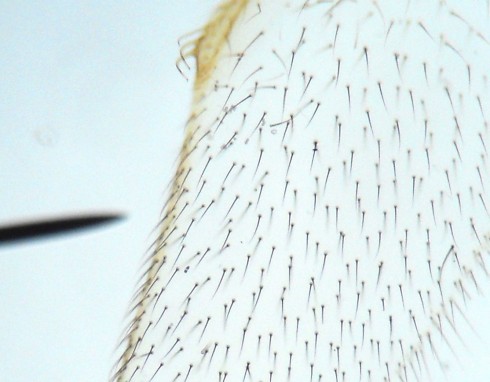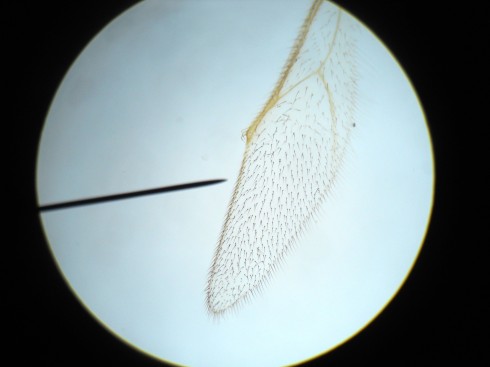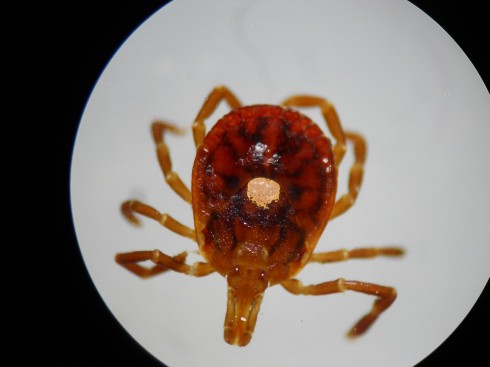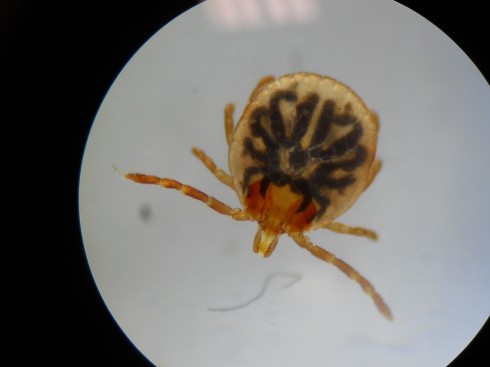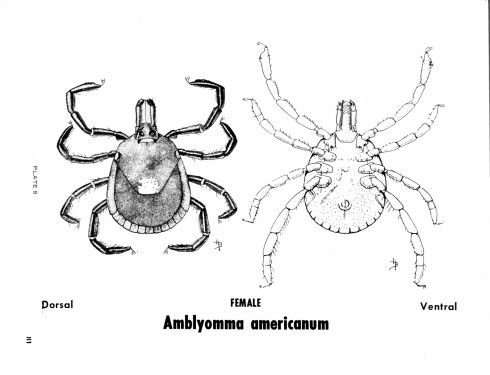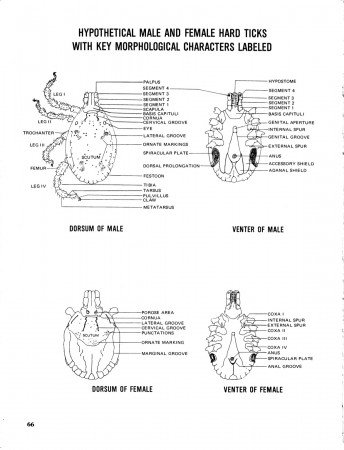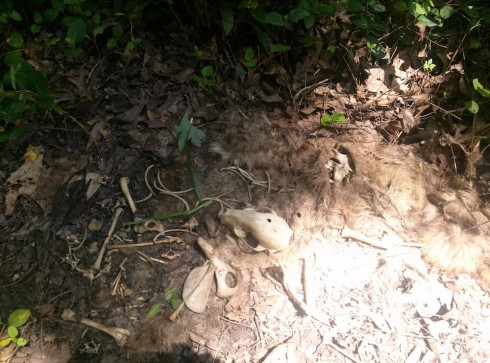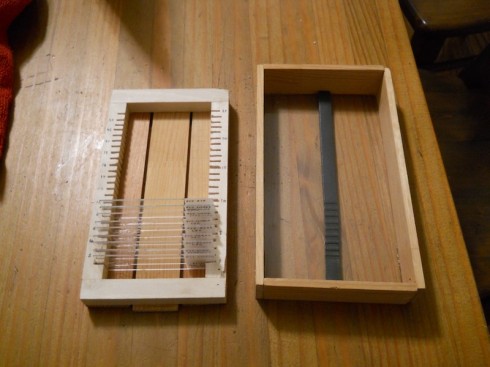
To have somewhere to store the slides I’ve been making, I needed a slide storage box. They’re pretty cheap, but they’re also pretty simple to put together with stuff I could, mostly, find around the house: some scrap wood (from an small wooden CD holder tray that I’m not using any more); a small sheet of clear acrylic (from the hardware store); a short piece of sticky-backed, rubber foam for insulating windows (to keep the slides pressed into place so they don’t move in the box); and some craft glue (ModPodge). For tools, all I used were a few clamps and the saw on a pocket tool.
Using the pocket saw was the biggest pain because I had to cut little slots into the wooden frame to hold the slides. Twenty five slides meant 50 slots, and although the wood was soft, the width of the blade was almost exactly the width of a slide, so if the slot was not perfectly vertical the slides would not fit properly and I’d have to carefully saw it a little bigger. The clamps were a big help with the sawing.
